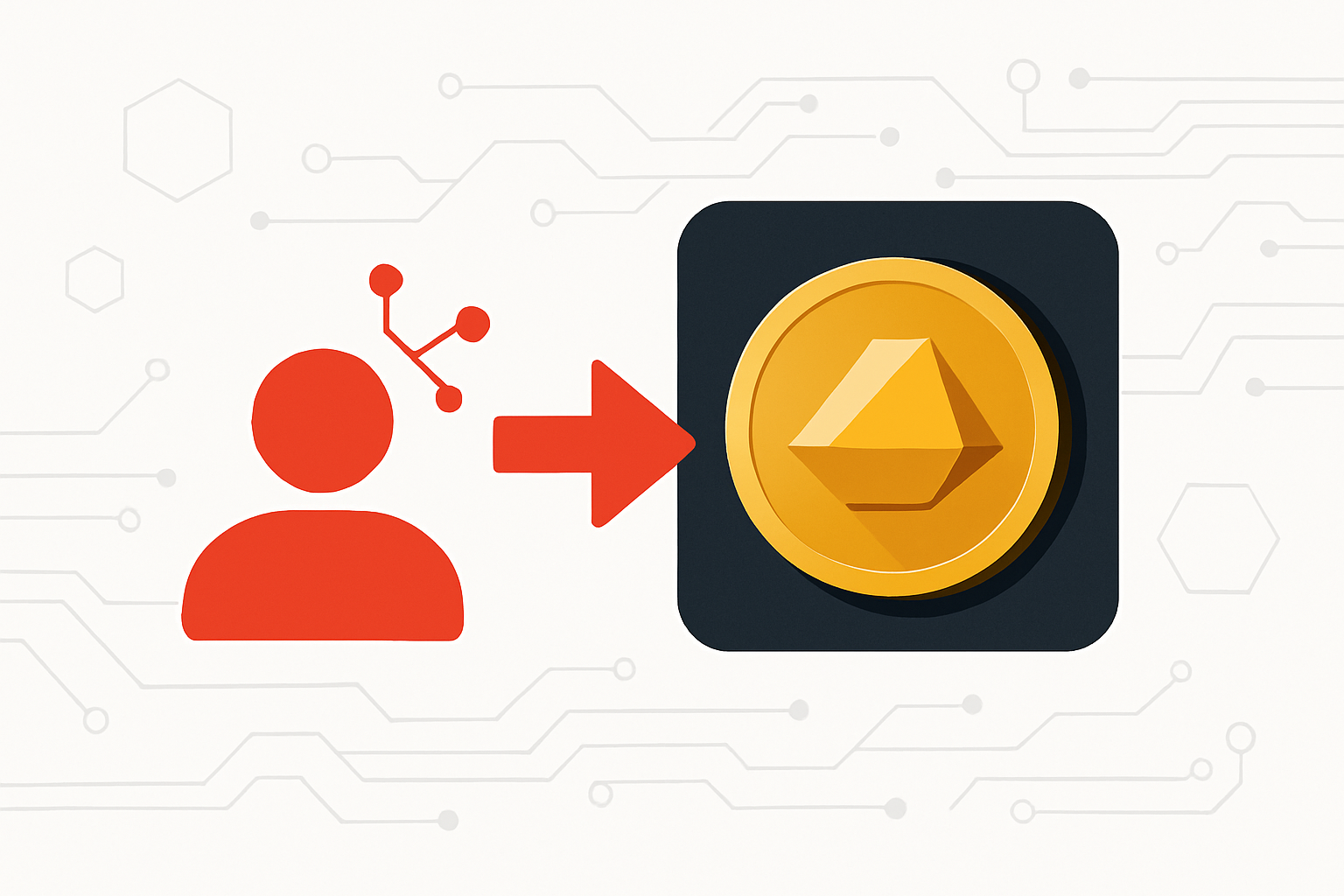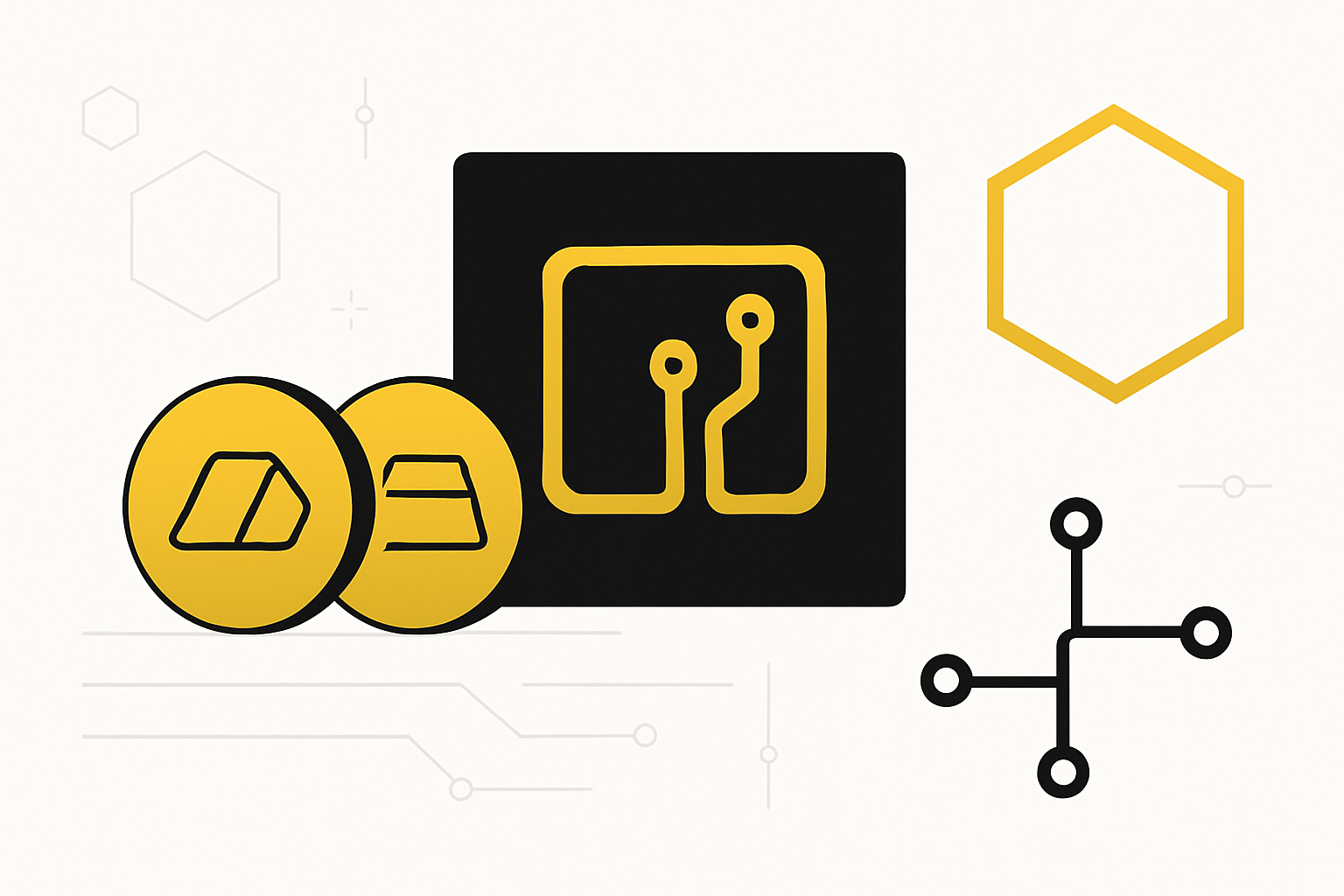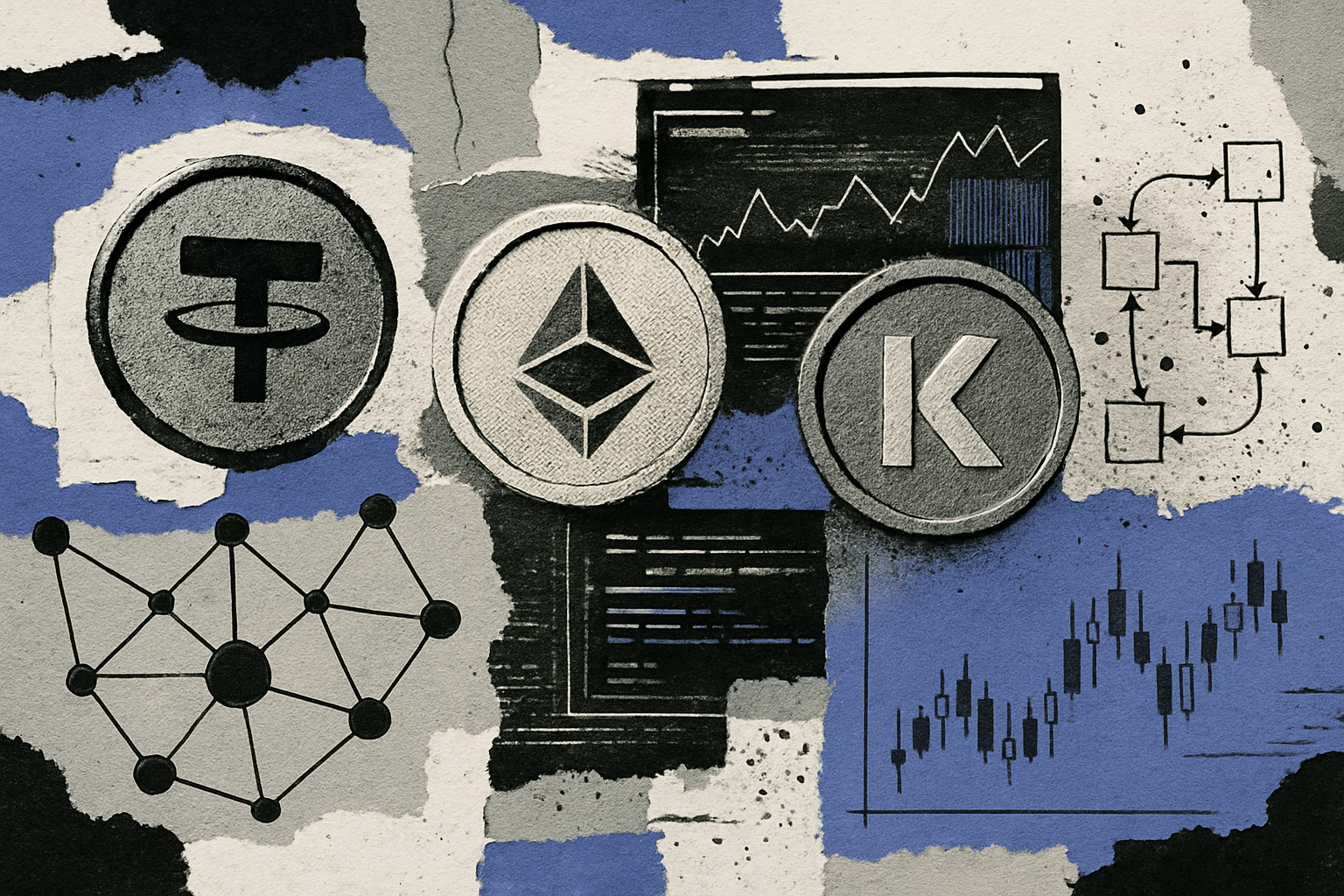Regulatory Landscape for Tokenized Commodities in 2024

The regulatory landscape for tokenized commodities in 2024 is rapidly evolving, shaped by both legislative breakthroughs and a growing appetite for blockchain-powered real-world asset (RWA) markets. As institutional and retail investors alike seek exposure to digital gold, tokenized oil, and agricultural tokens, compliance frameworks are finally catching up. This year, U. S. lawmakers and regulators have delivered long-awaited clarity on how these digital assets will be governed, setting the stage for mainstream adoption and new investment vehicles.
![]()
Major U. S. Legislative Milestones: FIT21 and Digital Commodity Exchange Act
One of the most significant developments in tokenized commodities regulation 2024 is the passage of the Financial Innovation and Technology for the 21st Century Act (FIT21). Passed by the House on May 22, this act establishes a clear line between what constitutes a security (under SEC oversight) versus a commodity (under CFTC jurisdiction). For investors in tokenized gold or oil, this means greater certainty about which regulator has authority, and what rules apply to their assets.
Alongside FIT21, the Digital Commodity Exchange Act empowers the CFTC to regulate digital asset exchanges as designated contract markets (DCMs). This move is pivotal for platforms listing tokenized commodities, ensuring they meet rigorous standards on transparency, reporting, and investor protection. With these frameworks in place, compliance is no longer a guessing game, it’s codified law.
CFTC’s Proactive Stance: Non-Cash Collateral and Blockchain Integration
The Commodity Futures Trading Commission has not sat idle. In November 2024, its Global Markets Advisory Committee advanced recommendations to expand the use of tokenized non-cash collateral, leveraging distributed ledger technology within derivatives markets (source). This signals a shift from theoretical interest to practical integration, commodity crypto compliance now includes blockchain-based settlement and risk management tools.
This proactive approach is echoed by industry players like Davis Commodities Limited, a Singapore-based agricultural trading firm exploring blockchain-enabled agri-tokenization solutions in alignment with evolving U. S. stablecoin regulations. Nasdaq has also made headlines by filing with the SEC to allow trading of tokenized securities on its main market (source). These moves underscore how regulatory progress is catalyzing real-world innovation.
Key Regulatory Milestones for Tokenized Commodities in 2024
-
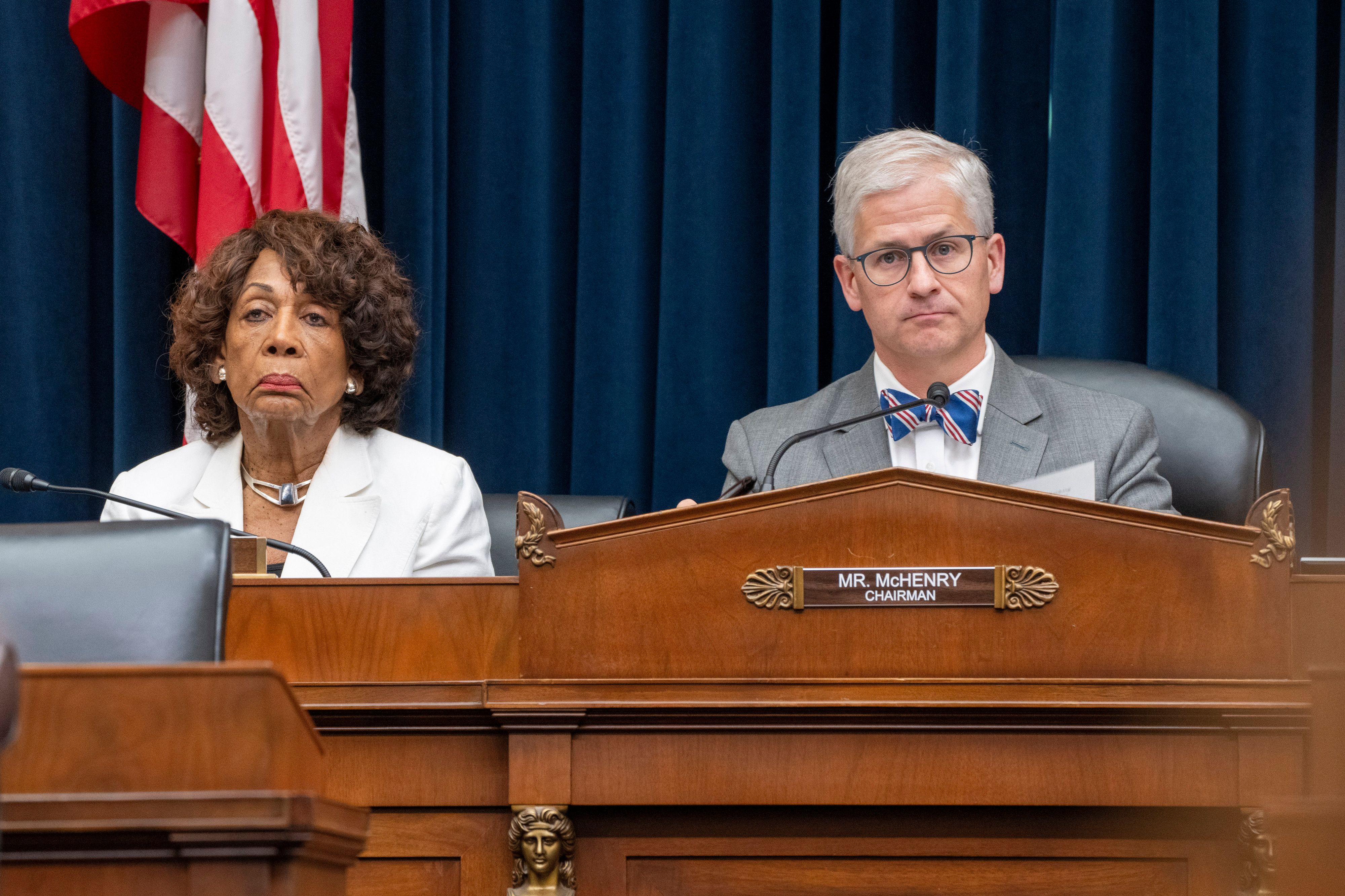
FIT21 Act Passed by U.S. House (May 2024): The Financial Innovation and Technology for the 21st Century Act (FIT21) was passed by the House, clearly delineating regulatory authority between the CFTC (for digital commodities) and the SEC (for digital securities), setting a foundational framework for tokenized commodities.
-
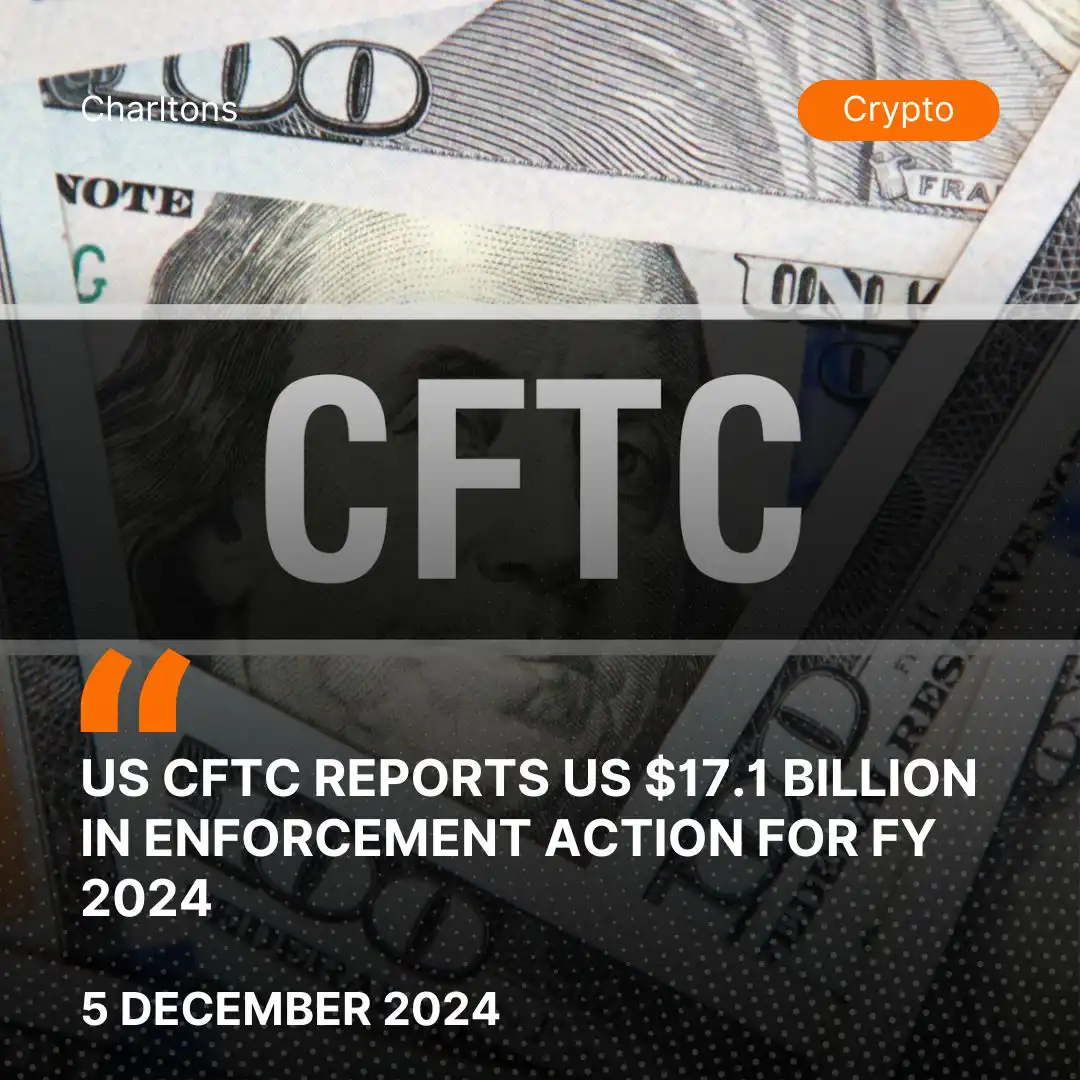
Digital Commodity Exchange Act Enacted (May 2024): The Digital Commodity Exchange Act was passed, empowering the CFTC to regulate digital asset exchanges as designated contract markets, further clarifying oversight of tokenized commodities.
-
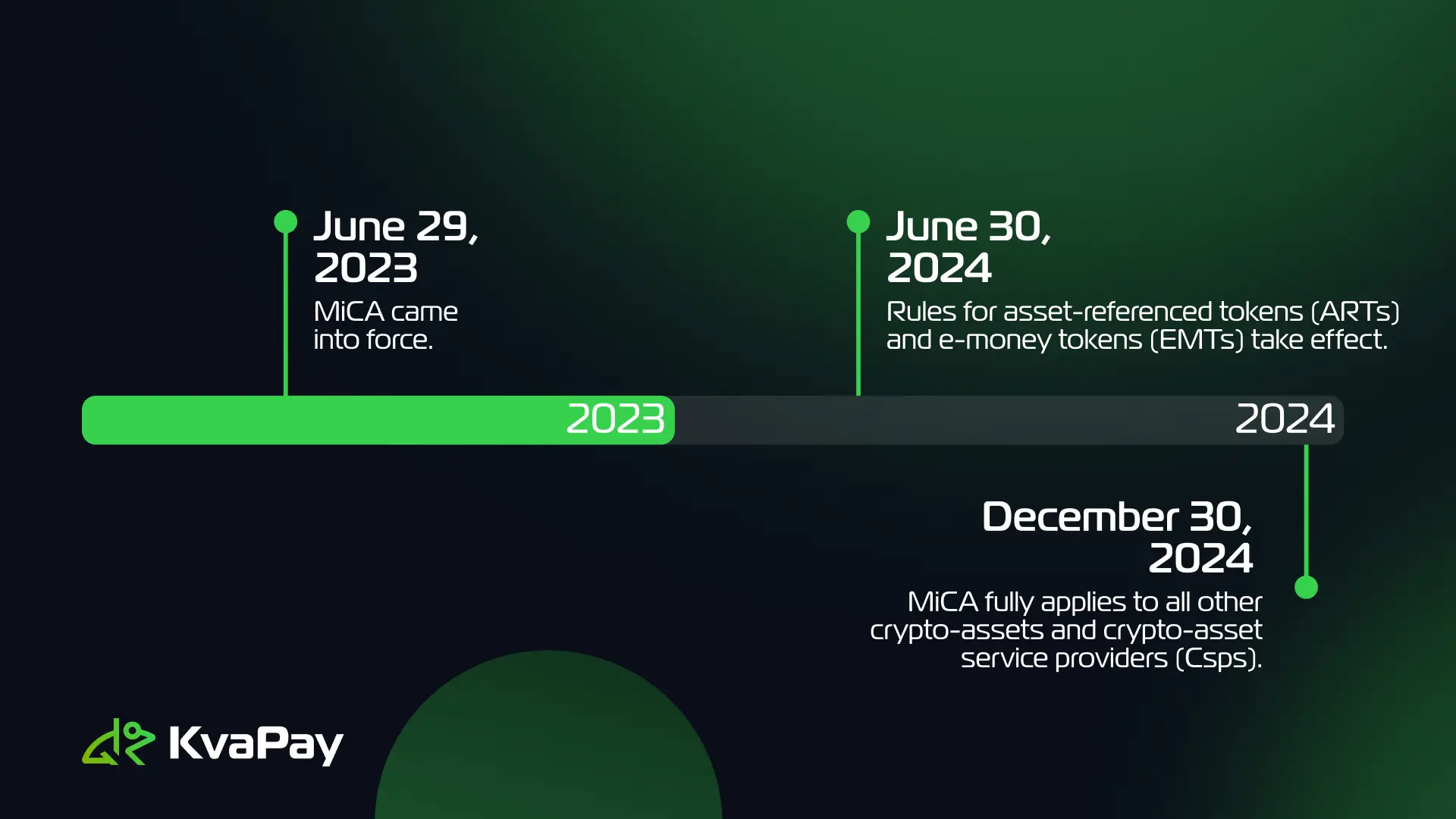
MiCA Rules for Asset-Referenced and E-Money Tokens (June 2024): The Markets in Crypto-Assets Regulation (MiCA) began applying rules for asset-referenced and e-money tokens in the European Union, impacting tokenized commodity offerings and cross-border compliance.
-

CFTC Advances Tokenized Non-Cash Collateral Recommendation (November 2024): The CFTC’s Global Markets Advisory Committee advanced a key recommendation to expand the use of tokenized non-cash collateral in derivatives markets, highlighting regulatory support for blockchain-enabled commodity trading.
-

SEC Considers Regulatory Sandbox for Tokenized Securities (May 2025): SEC Commissioner Hester Peirce endorsed a ‘regulatory sandbox’ approach, suggesting potential conditional exemptions for tokenized securities to foster innovation while maintaining investor protection.
-
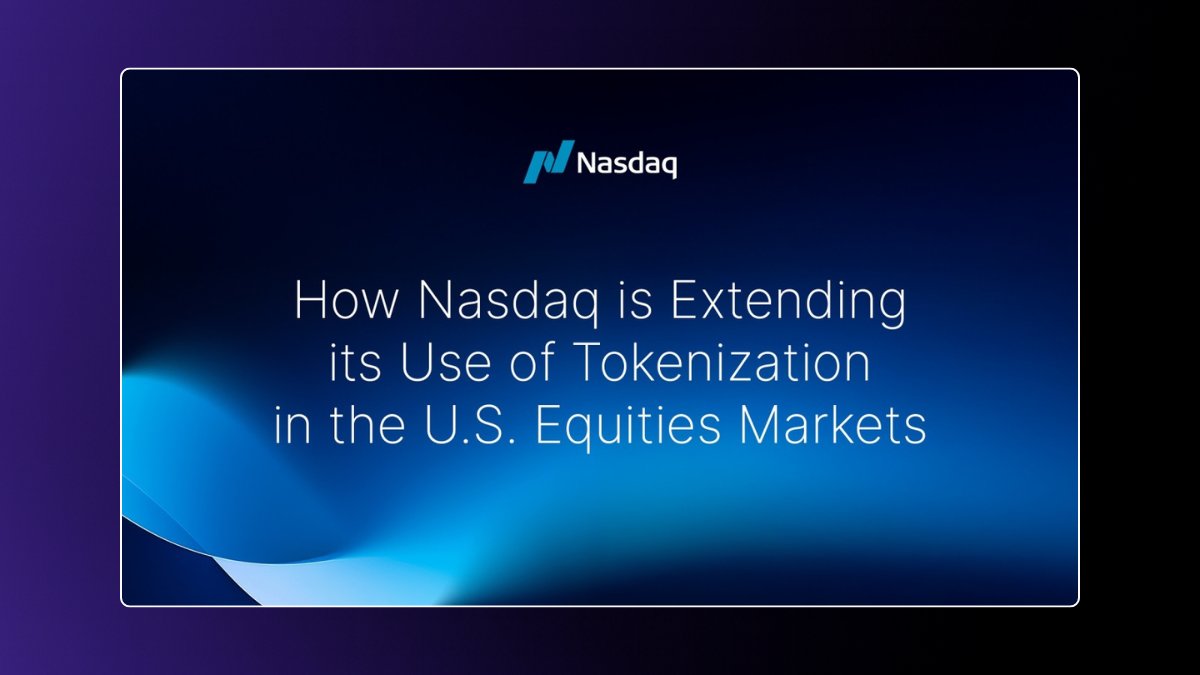
Nasdaq Proposes Tokenized Securities Trading (September 2025): Nasdaq filed a proposal with the SEC to enable trading of tokenized securities on its main market, marking a significant step toward mainstream adoption of tokenized assets.
SEC’s Sandbox Approach and Industry Reactions
The SEC’s stance toward innovation is softening as well. In May 2025, Commissioner Hester Peirce publicly endorsed a “regulatory sandbox” for tokenized securities, a signal that conditional exemptions could soon allow compliant experimentation without sacrificing investor protections (source). If implemented, this approach could accelerate product launches while maintaining robust oversight over disclosures and custody arrangements.
The industry response has been swift. New platforms are emerging to tokenize everything from precious metals to agricultural contracts, each seeking clarity on licensing requirements, KYC/AML standards, and cross-border transfer rules. The result? A more mature marketplace where legal uncertainty no longer stifles creativity or capital formation.
As the regulatory climate matures, the focus is shifting to cross-jurisdictional compliance and harmonization. The European Union’s MiCA (Markets in Crypto-Assets Regulation) regime, taking full effect December 30,2024, will set a new benchmark for asset-referenced and e-money tokens. While MiCA’s rules are not directly binding in the U. S. , their influence is already visible as U. S. lawmakers look to avoid regulatory arbitrage and ensure interoperability for global tokenized commodity markets. The convergence of U. S. acts like FIT21 with MiCA means that market participants must now design tokenized products with a multi-regulatory mindset from day one.
Practical Implications for Investors and Platforms
For investors, these regulatory advances mean greater confidence in both custody and settlement of tokenized commodities. Platforms must implement robust KYC/AML procedures, enhanced disclosure regimes, and transparent governance structures to remain compliant under both CFTC and SEC oversight. With the CFTC’s green light on tokenized non-cash collateral, institutional players can now leverage digital commodities as margin in derivatives markets, unlocking new liquidity sources while reducing operational friction.
Retail investors also stand to benefit from increased access to previously illiquid or inaccessible commodity markets through fractional ownership enabled by blockchain technology. However, they should remain vigilant: regulatory clarity does not eliminate all risks. Due diligence on platform licensing status, underlying asset verification processes, and cross-border transfer restrictions remains essential.
What Comes Next?
The next phase will likely see further refinement of tokenized asset laws, including standardized reporting templates for on-chain commodities and clearer definitions around stablecoin-backed versus physical-backed tokens. Expect regulators to intensify scrutiny over custodianship models, especially as more traditional exchanges like Nasdaq enter the space, and to coordinate more closely with international counterparts to prevent gaps in oversight.
For platforms eyeing expansion or new product launches, now is the time to invest in compliance infrastructure that can adapt across jurisdictions. For investors, it’s an era of opportunity, provided you keep pace with evolving rulesets and choose partners who treat compliance as a competitive advantage rather than a checkbox exercise.
Top Tips for Navigating Tokenized Commodity Regulations in 2025
-
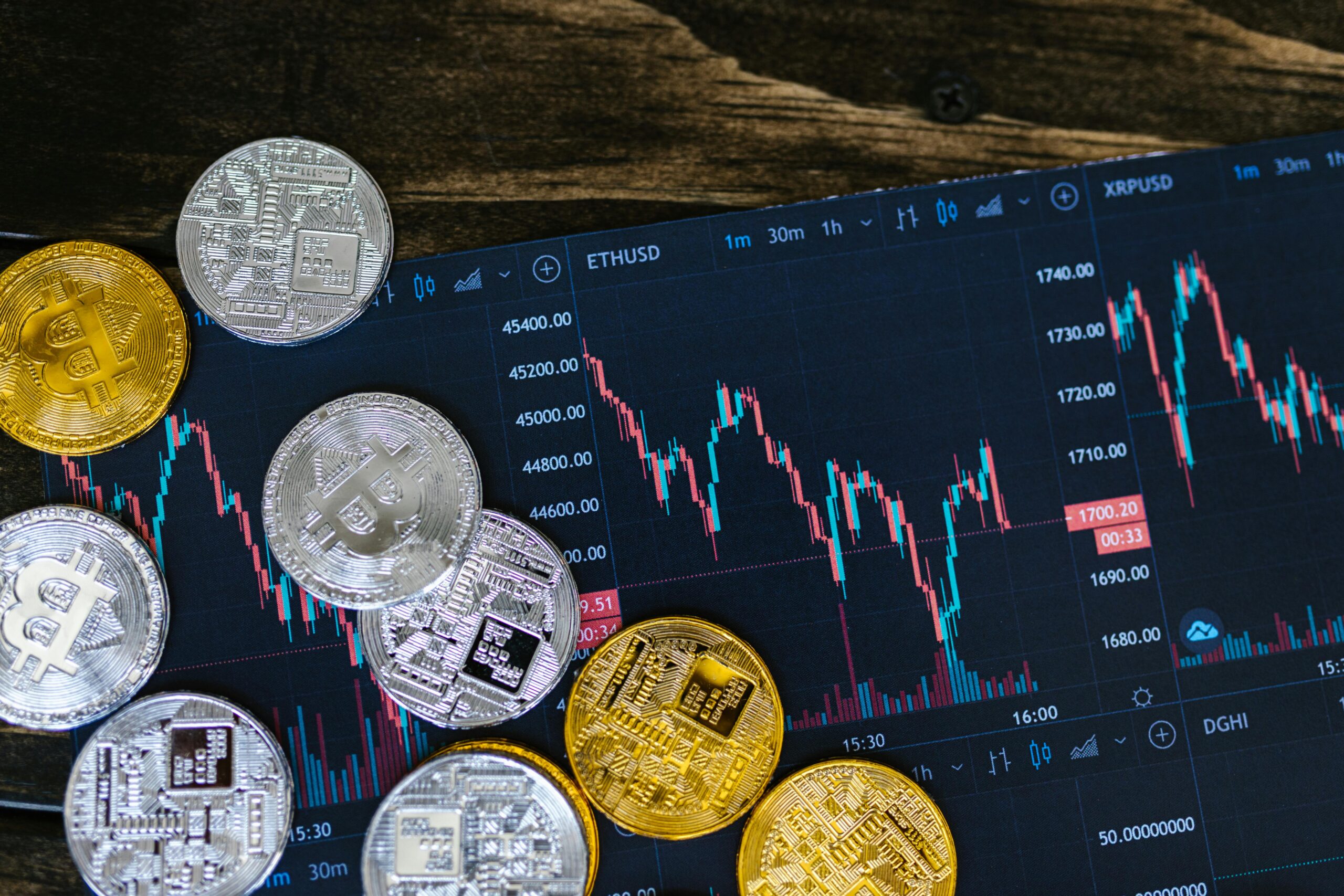
Understand the FIT21 Act’s Jurisdictional Boundaries: The Financial Innovation and Technology for the 21st Century Act (FIT21) clearly delineates oversight between the CFTC (digital commodities) and SEC (digital securities). Ensure your project’s classification aligns with these definitions to avoid regulatory pitfalls.
-
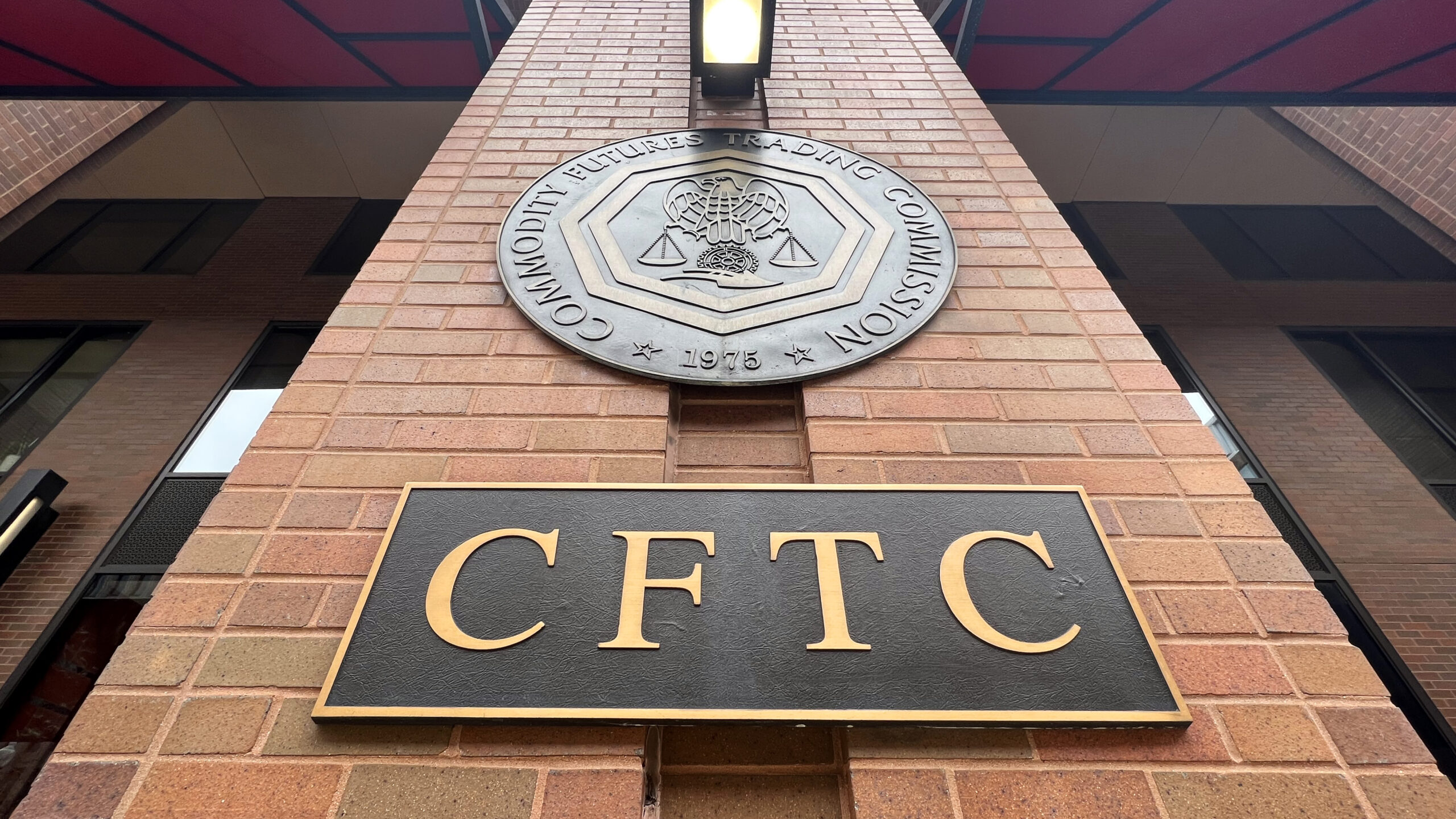
Monitor CFTC Guidance and Advisory Committee Updates: The CFTC’s Global Markets Advisory Committee is advancing recommendations for tokenized non-cash collateral. Regularly review CFTC releases for evolving compliance standards and collateral requirements.
-

Prepare for SEC’s Regulatory Sandbox and Conditional Exemptions: The SEC is considering a regulatory sandbox for tokenized securities. Stay informed about potential conditional exemptions that could facilitate innovation while maintaining investor protections.
-

Leverage Industry Initiatives for Best Practices: Companies like Davis Commodities Limited and Nasdaq are actively piloting tokenized commodity solutions. Study their approaches to compliance, technology integration, and market rollout for practical insights.
-

Stay Updated on the Digital Commodities Consumer Protection Act (DCCPA): The proposed DCCPA aims to further empower the CFTC with oversight of digital commodities. Track its legislative progress and prepare to adjust compliance strategies as new rules emerge.
-

Align with MiCA and Global Regulatory Trends: The Markets in Crypto-Assets Regulation (MiCA) applies to asset-referenced and e-money tokens in the EU as of December 2024. If operating internationally, ensure compliance with both U.S. and EU frameworks for tokenized commodities.
The era of regulatory ambiguity is ending fast. As lawmakers move from debate to implementation, tokenized commodities are poised for mainstream adoption, bridging the gap between traditional finance and decentralized innovation.


